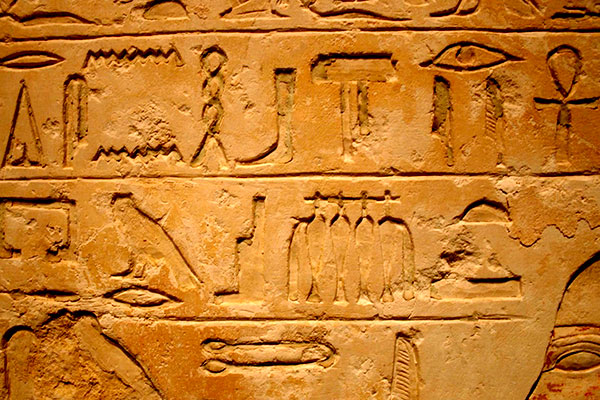Microbiographia | Issue 15
Robert Hooke Ė British Polymath / Peter Panís nemesis*
The mid-17th century was a turbulent time for England. In 1666, the Devilís year, outbreaks of plague caused the closure of Cambridge University. In September that same year, the Great Fire destroyed much of London. Amidst such turmoil, Robert Hooke rose to prominence. Through his various scientific achievements, Hooke became head of the Royal Society and established himself as one of Europeís leading minds. This was no mean feat considering his contemporaries included Gottfried Leibniz and Isaac Newton.
Although Hookeís interests were diverse, his biggest achievement was probably in the field of microscopy (ironically, this was also his smallest achievement). He spent a lot of time tinkering around with microscopes and drawing the stuff he saw. These collected drawings became Micrographia, the first scientific bestseller (hey look! Itís like the title! I see what I did there) It was in Micrographia that Hooke coined the term ďcellĒ. This, as it turns out, is probably his best-known achievement. Health Scis basically have a course named by him.
Hookeís accomplishments donít stop there. He was the architect of various iconic London buildings (Bedlam, St Paulís). Whatís more, he conducted important work on memory, gravitation, and astronomy. In fact, considering the breadth and substance of his achievements, it seems odd that heís not better known. Historians have called Hooke ďEnglandís LeonardoĒ Ė but everyone knows who Leonardo is. Most people whoíve heard of Hooke only know him through high-school physics (Hookeís law). So what happened? How does such an accomplished man, so prominent in his time, come to wallow in relative obscurity?
The answer (gasp!) is through the dastardly machinations of one Sir Isaac Newton. Thatís right, the famous guy with the apple and gravity who, it turns out, was a bit of a dick. Newton had beef with Hooke about gravitation. Hooke published some work on this before Newton, then accused him of pilfering ideas. So when Hooke died, Newton did his best to conceal his achievements. This included the destruction of all known portraits. Harsh.
*Not actually true; that was Captain James Hook.



